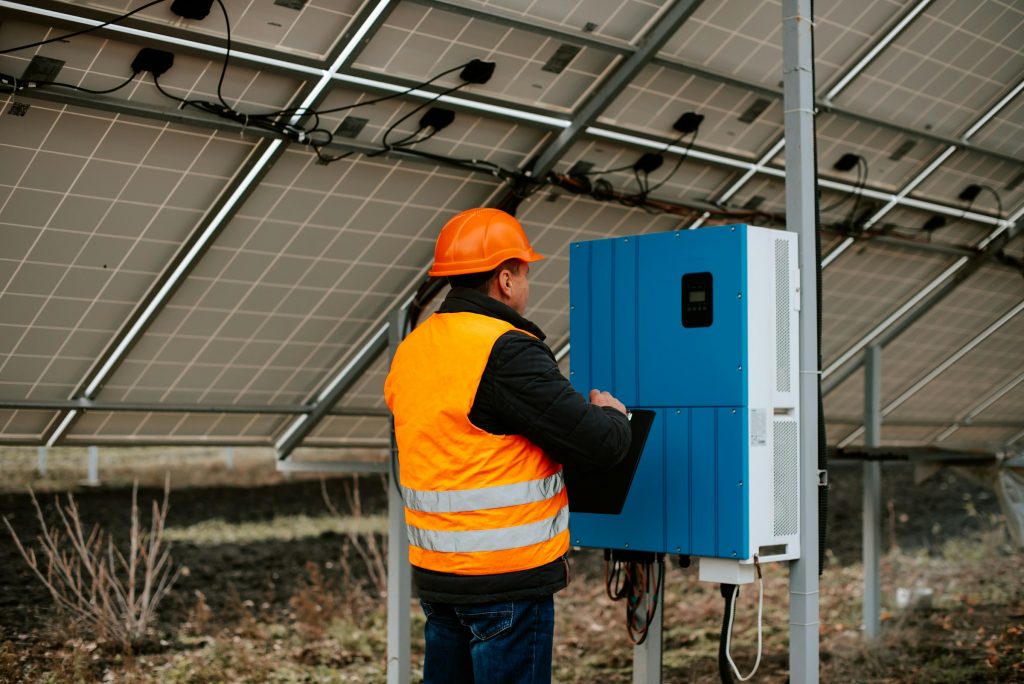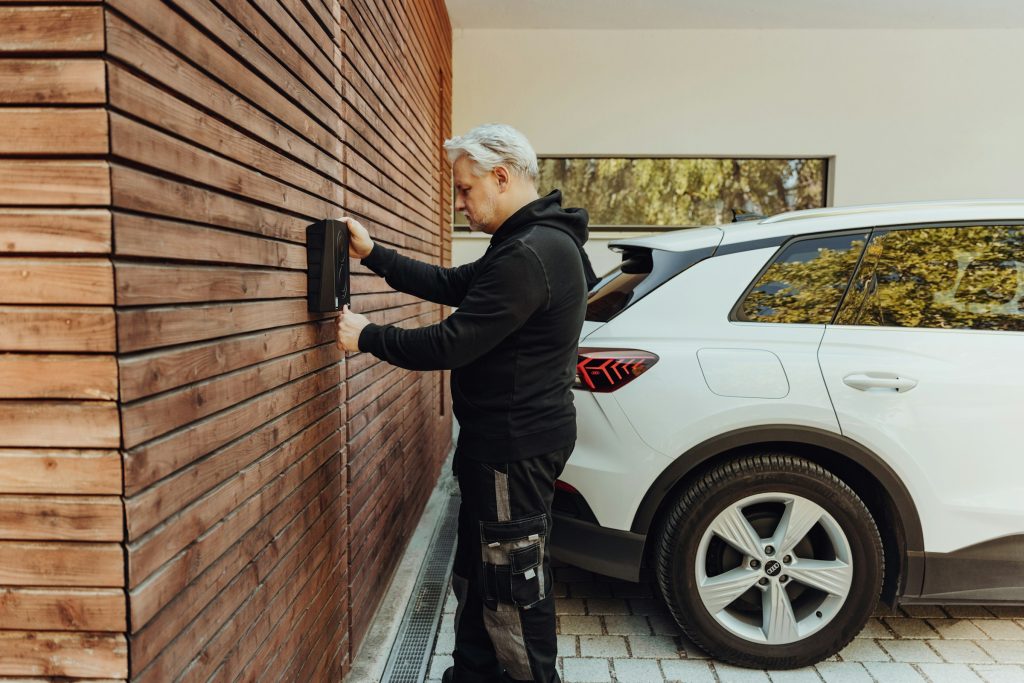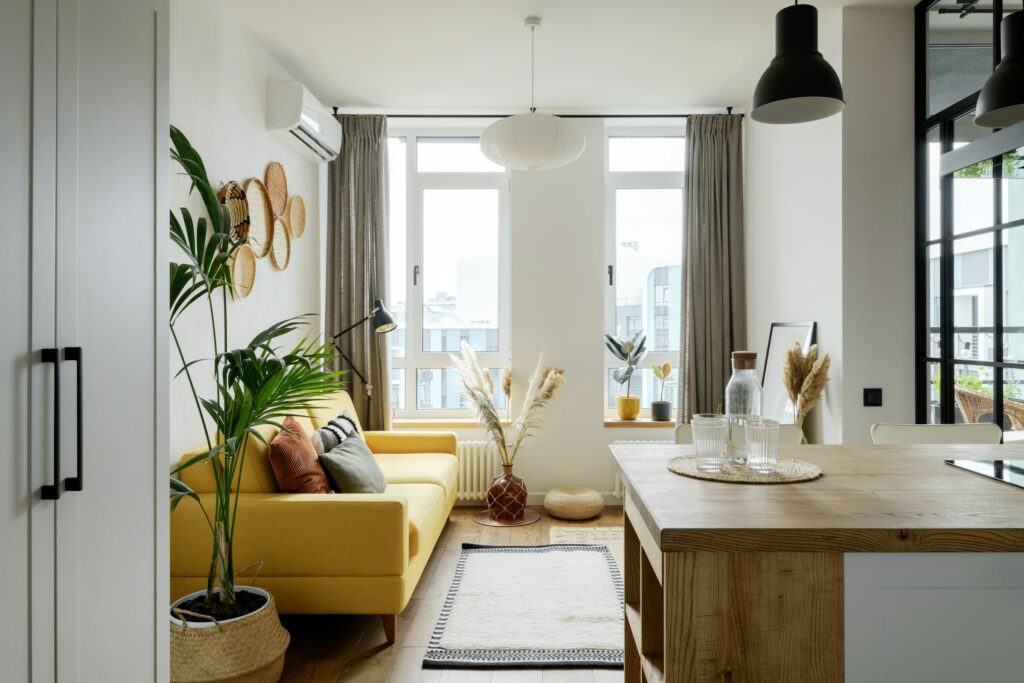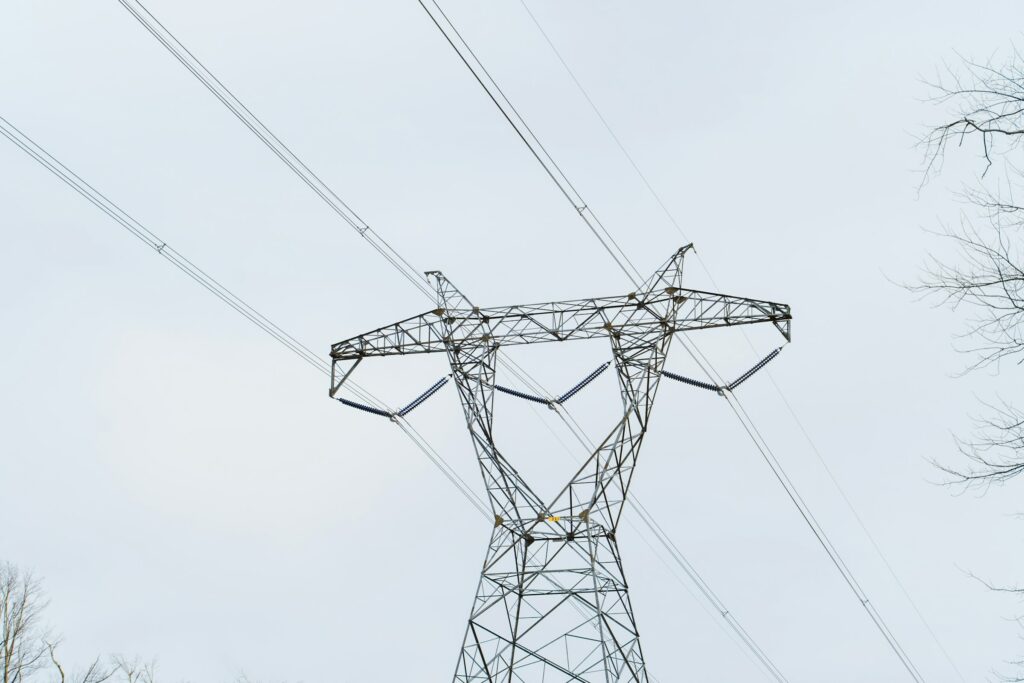In today’s world, everyone is becoming increasingly concerned with their environmental impact, and there’s a growing willingness to live sustainably. Australia is no exception, with many citizens interested in adopting eco-friendly practices daily. This comprehensive guide will introduce you to sustainable living in Australia and provide actionable tips grouped by topic and level of expertise, along with the benefits of each sustainable living practice.

Introduction to Sustainable Living in Australia
Basic Practices for Beginners
Embarking on a sustainable lifestyle journey need not be overwhelming. Start with small changes, such as recycling, avoiding single-use plastics, and using energy-efficient appliances. Make incremental improvements over time, and your efforts will soon add up and make a significant impact.
Benefits of Sustainable Living
Living sustainably helps the environment and improves your financial situation by cutting down on waste and lowering energy and water consumption. It also promotes personal well-being and a sense of connection to the community.
Energy Efficiency and Renewable Energy
One of the most critical aspects of sustainable living is reducing energy consumption and switching to renewable energy sources. Implementing energy-efficient strategies will decrease your carbon footprint, lower your electricity bills, and contribute to a cleaner environment.
Basic Energy-saving Tips
- Turn off lights and appliances when not in use.
- Switch to energy-efficient LED lighting.
- Seal drafts in windows and doors.
- Install a programmable thermostat for better temperature control.
- Use energy-efficient appliances with good energy ratings.
Intermediate Renewable Energy Options
- Install solar panels on your roof to generate your own clean energy.
- Use solar-powered appliances and lighting.
- Purchase electricity from renewable energy providers.
Advanced Renewable Energy Options
- Explore off-grid living by generating all your electricity from renewables.
- Invest in battery storage systems for excess solar energy.
- Consider installing wind turbines if your location permits.
Benefits of Energy Efficiency and Renewables
- Lower electricity bills
- Greater energy independence
- Reduced carbon emissions
- A cleaner environment
Water Conservation and Waste Reduction
Australia is no stranger to water scarcity and droughts, making water conservation essential. Reducing waste is another critical aspect of sustainable living that can protect nature and conserve resources.
Basic Water Conservation Tips
- Fix leaky taps and toilets.
- Install a water-saving showerhead.
- Water plants during cooler times of the day to minimise evaporation.
- Collect rainwater in a rain barrel for outdoor watering.
- Only use the washing machine and dishwasher with full loads.
Intermediate Water Recycling Techniques
- Install a greywater recycling system for use in toilets and gardens.
- Use a dual-flush toilet to reduce water consumption.
- Consider rainwater harvesting for larger-scale applications, such as laundry and toilet flushing.
Advanced Waste Reduction Practices
- Implement a composting system for household organic waste.
- Aim for a zero-waste lifestyle by reducing, reusing, and recycling all waste materials.
Benefits of Water Conservation and Waste Reduction
- Lower water bills
- Protection of natural resources
- Minimised pollution and landfill waste
- Increased environmental awareness
Sustainable Mobility and Supporting Green Businesses
Transportation significantly contributes to greenhouse gas emissions. Turning to sustainable mobility methods and patronising green businesses can substantially reduce your carbon footprint.
Basic Green Transportation Tips
- Carpool with friends, family, and colleagues.
- Cycle or walk short distances instead of driving.
- Use public transport when possible.
Intermediate Public Transport Options
- Purchase a fuel-efficient or hybrid vehicle.
- Use electric scooters or e-bikes for short trips.
Advanced Electric Vehicle Usage
- Invest in an electric vehicle (EV) with a home charging station.
- Advocate for and support the expansion of EV charging infrastructure.
Benefits of Supporting Local and Environmentally Conscious Businesses
- Encourages the growth of sustainable industries
- Reduces transport-related carbon emissions
- Supports local economies
Eco-friendly Housing and Community Involvement
Building eco-friendly houses and fostering active community involvement can amplify the impact of individual actions in promoting sustainable living in Australia.
Basic Green Building Materials and Construction Methods
- Use sustainably sourced timber in construction.
- Use recycled materials where possible.
- Opt for natural insulation materials.
Intermediate Sustainable Architecture Concepts
- Design for passive solar heating and cooling.
- Utilise green roofs and green walls for insulation and air purification.
- Include rain gardens and permeable paving in landscaping for water management.
Advanced Green Building Certifications and Government Policies
- Pursue green building certifications such as Green Star.
- Stay informed about government incentives and policies for sustainable housing.
- Advocate for more eco-friendly policies and community initiatives.
Benefits of Community Involvement and Activism
- Empowers citizens to take local action
- Encourages the adoption of sustainable practices within the community
- Strengthens connections among neighbours
By embracing sustainable living practices across energy, water, waste, mobility, housing, and community involvement, Australians can enjoy the many benefits of a greener lifestyle while actively protecting the environment for future generations.
Frequently Asked Questions:
What are the first steps I can take to start living sustainably in Australia?
To begin your sustainable living journey in Australia, start with small and manageable changes, such as:
– Recycling plastics, paper, glass, and aluminium.
– Avoid single-use plastics (e.g., reusable water bottles, shopping bags, and coffee cups).
– Upgrading to energy-efficient appliances and LED lighting.
– Reducing water waste by fixing leaks and installing water-saving fixtures.
– Adopting green transportation methods, such as walking, cycling, carpooling, or public transport.
Gradually incorporate more eco-friendly practices over time, and you’ll see a significant cumulative impact on your environmental footprint and personal well-being.
How can I make my home more energy-efficient and cost-effective?
To achieve energy efficiency and cost-effectiveness in your home, follow these tips:
– Seal drafts in windows and doors to improve insulation.
– Install a programmable thermostat for better temperature control.
– Turn off lights and appliances when not in use, and consider setting timers for seldom-used rooms.
– Use appliances with good energy ratings and switch to LED lighting.
– Opt for solar panels or purchase electricity from renewable energy providers.
– Insulate walls, ceilings, and floors with natural, recycled, or sustainable materials
These measures will help reduce energy usage, lower electricity bills, and minimise carbon emissions.
What should I consider when building or renovating an eco-friendly home?
When building or renovating an eco-friendly home, consider the following elements:
– Use sustainable building materials, such as sustainably sourced timber and recycled materials.
– Design for passive solar heating and cooling to reduce the need for heating and air-conditioning systems.
– Incorporate green roofs, walls, and natural insulation materials for improved thermal performance.
– Integrate rainwater harvesting, greywater recycling, and water-efficient fixtures for water conservation.
– Apply for green building certifications like Green Star to validate your home’s environmental performance.
A well-designed eco-friendly home reduces your environmental impact and enhances your overall well-being and comfort.
The Conclusion:
In conclusion, sustainable living is not just an ethical obligation but a gateway to numerous benefits for individuals, communities, and the environment. Australians living in a country renowned for its unique biodiversity and vulnerable to the impacts of climate change are uniquely positioned to lead in this space.
By embracing sustainable practices, from simple daily habits to more advanced eco-friendly strategies, one can significantly reduce their carbon footprint, save on energy and water bills, and contribute to a healthier environment.
Transitioning to renewable energy, conserving water, reducing waste, promoting green mobility, supporting eco-friendly businesses, and getting involved in the community are all vital components of a sustainable lifestyle. Going green doesn’t mean making drastic changes overnight. It is a gradual process that begins with awareness, understanding, and the will to make a difference.
Integrating sustainable practices into our daily lives also promotes a sense of community and collective responsibility for our planet. By championing sustainable living in Australia, we are investing in a more resilient, healthier future for ourselves, our communities, and future generations.









